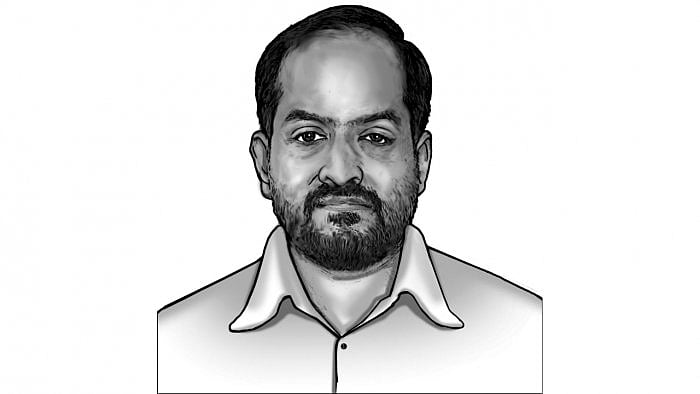
Recently, Law Minister Kiren Rijiju informed the Lok Sabha that less than 3% of the 569 High Court (HC) judges appointed since 2018 belong to the Scheduled Castes. About 1.5% are from the Scheduled Tribes. In December 2022, we were told that women occupy barely 9% of the sanctioned posts of judges in various HCs. We do not have the latest figures for judges belonging to minority communities.
Representation for societal diversity contributes significantly to the strengthening of people’s confidence in justice delivery institutions. But we do not know enough about the systemic measures that are in place to ensure that candidates from the under-represented segments of society are considered for appointment as a matter of routine.
This is why the Law Minister’s latest reply that details of the social background of candidates recommended by the HC collegiums are being collected since 2018 through a revised Annexure to the Memorandum of Procedure (MoP) for appointments comes as a big surprise. Responding to at least three of my RTI applications filed between 2018 and 2020, successive public information officers and an appellate authority of the law ministry itself have categorically stated that caste and community-wise data of recommended candidates is not maintained. The Constitution does not provide for reservation quotas in the higher judiciary, they explained. Both replies cannot be correct simultaneously.
In 2018, the law ministry also refused to supply a copy of the MoP on the ground that the question of coverage of the office of the Chief Justice of India (CJI) under the RTI Act was pending before the Supreme Court!
The MoP currently displayed on the ministry’s website is from August 2021. ‘Family background’ is the only field in its Annexure that comes closest to capturing the ‘social background’ of recommended candidates. Is this the revised Annexure to which the minister alluded in his reply? We do not know.
Interestingly, in 2019, Justice Chandrachud, now the Chief Justice of India, had listed essential ‘substantial’ norms with regard to judicial appointments in a separate opinion while concurring with a Constitution Bench’s unanimous view that the CJI’s office is squarely covered by the RTI Act. One of the essential norms is promoting inclusiveness in the judiciary and ensuring diversity by taking into account factors like gender, representation for the minorities, the marginalised, etc. He also made a strong case for giving these norms due publicity in order to promote confidence in the appointments process, foster transparency, and promote accountability in decision-making at all levels within the judiciary and the government.
In December, Law Minister Rijiju told the Rajya Sabha that the government had received representations from diverse sources about the lack of transparency, objectivity and social diversity in Constitutional Courts with requests to improve the collegium system. He also stated that the government had sent suggestions for supplementing the MoP.
A day after this reply was reported, I sent an RTI application to the ministry seeking legible copies of all such representations, the government’s suggestions sent to the apex court for supplementing the MoP, and all related correspondence and file notings. As the PIO remained mum for 30 days, I appealed against the silence.
Pat came the online reply: “The information sought is voluminous in nature and includes classified documents. Hence the same cannot be provided under the RTI Act, 2005.” Public representations for improving transparency and accommodating societal diversity in the higher judiciary have become sarkari secrets!
Later, the appellate authority directed the PIO to furnish the information in accordance with the law within 10 days. Nineteen days have gone by. I am waiting with bated breath for his reply.